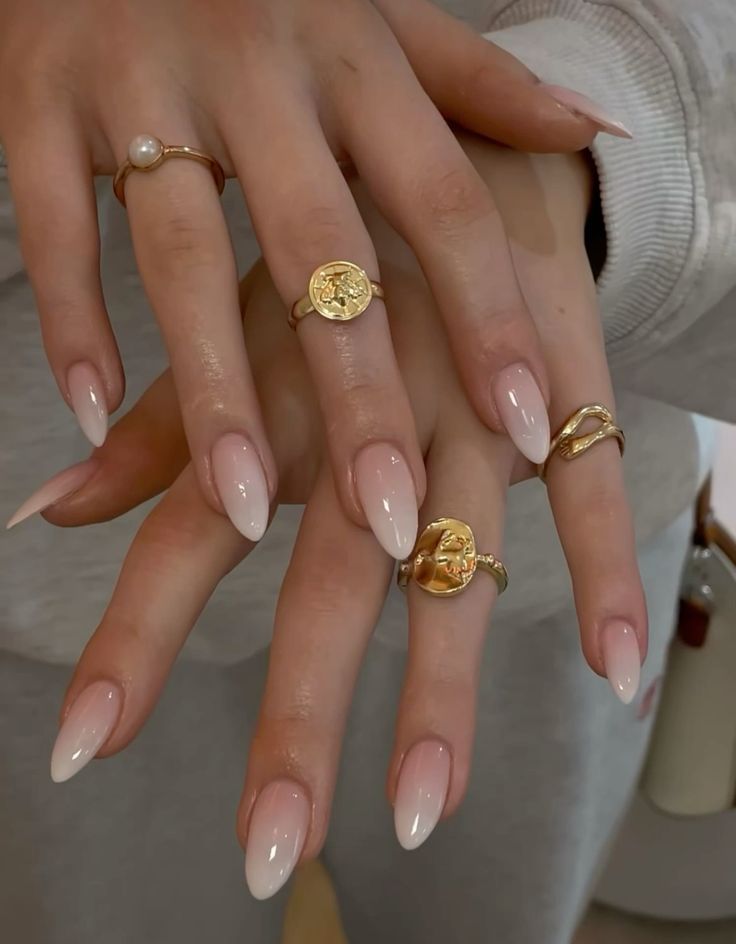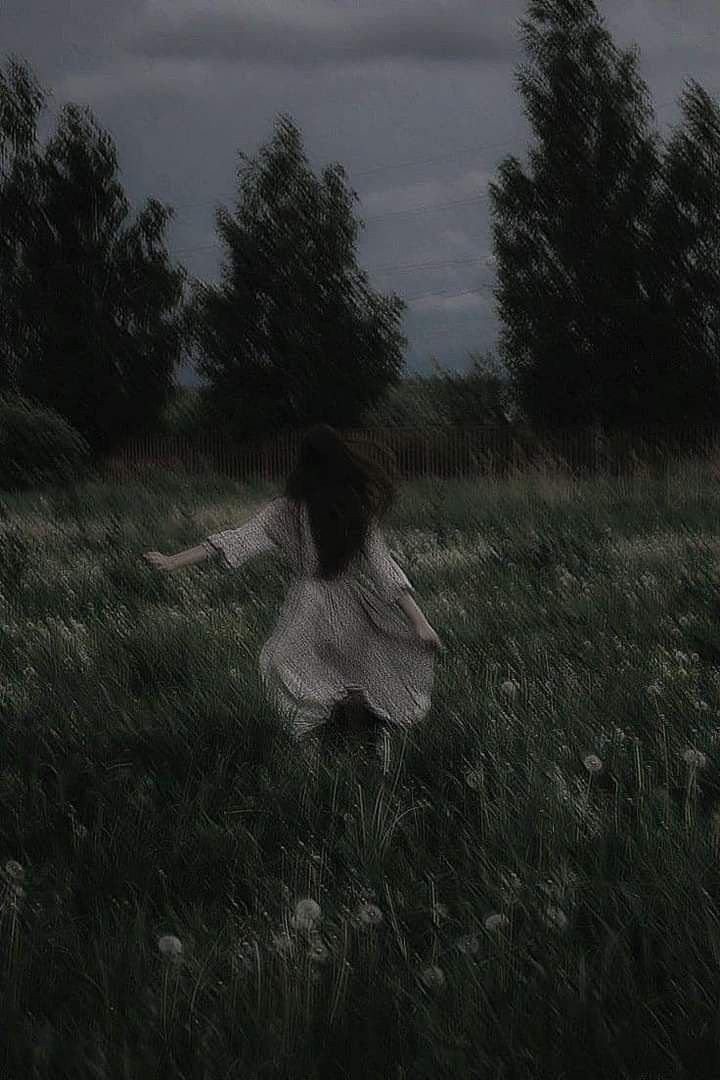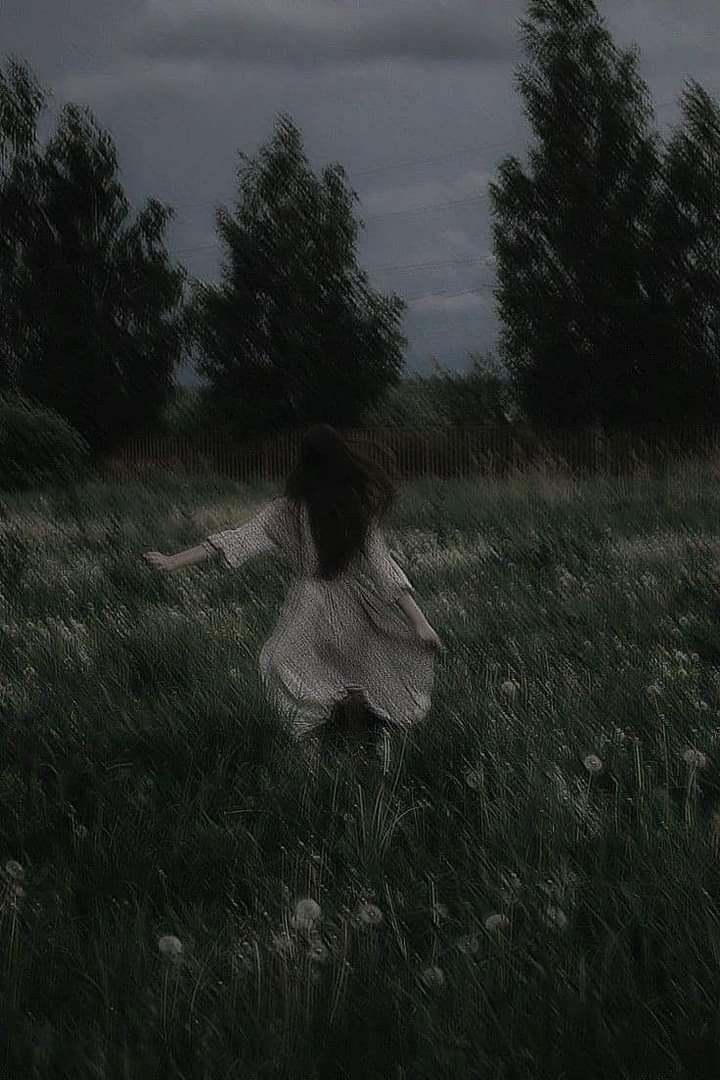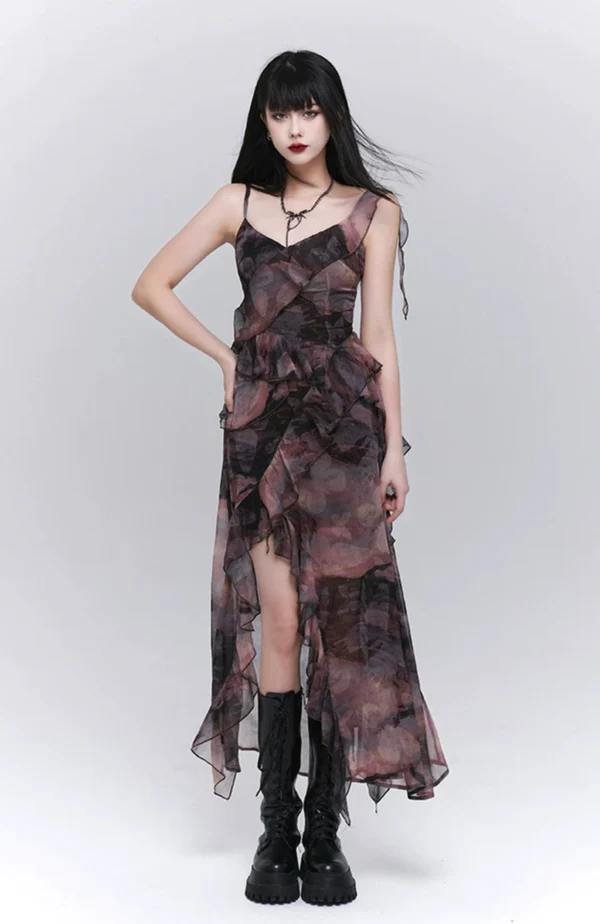In today’s fast-paced world, balancing a demanding career, managing a household, and enjoying quality time with loved ones leaves little room for downtime. And when we do find a moment to relax, we want to look and feel our best while doing it all.
For many women, nothing boosts confidence quite like the perfect manicure—elegant, timeless, and smart. A manicure that doesn’t chip after just a few days is a game-changer. With the advent of gel polishes, brands like CND have made it possible to enjoy flawless nails that last anywhere from two to four weeks. In fact, many women now even perform their own shellac manicures at home!
However, there’s one downside to gel polishes. While long-lasting manicures are convenient, it also means you’re stuck with the same nail color for weeks, which may not always match your outfits—especially if there’s a special occasion around the corner.
Unless you have the time or budget for frequent touch-ups, the most practical solution is to choose nail colors that complement everything in your wardrobe—colors that are versatile, timeless, and never clash with your ensemble. While olive green might be on trend for a weekend brunch, it might not be the best choice for a professional setting come Monday morning.
So whether you prefer gel, acrylic, or traditional polish, here are our top 10 nail color choices that go with just about everything.
SHORT BLACK NAILS
A touch of black is the simplest way to elevate any outfit with a hint of sophistication, and this extends to your nails too. While some may hesitate to use black for fear of it being too gothic, when applied to shorter nails, it strikes the perfect balance between edgy and chic. Plus, black pairs with everything, so you never have to worry about your nails clashing with your outfit!
NAVY BLUE NAILS

It may come as a surprise, but navy blue is actually a surprisingly smart and versatile color that pairs well with almost anything—whether it’s jeans, a suit, or an evening dress. The key to making navy blue look stylish rather than overwhelming is to keep the nails relatively short and avoid overly flashy nail art. This simple approach allows the color to shine without becoming too bold.
CHOCOLATE BROWN NAILS
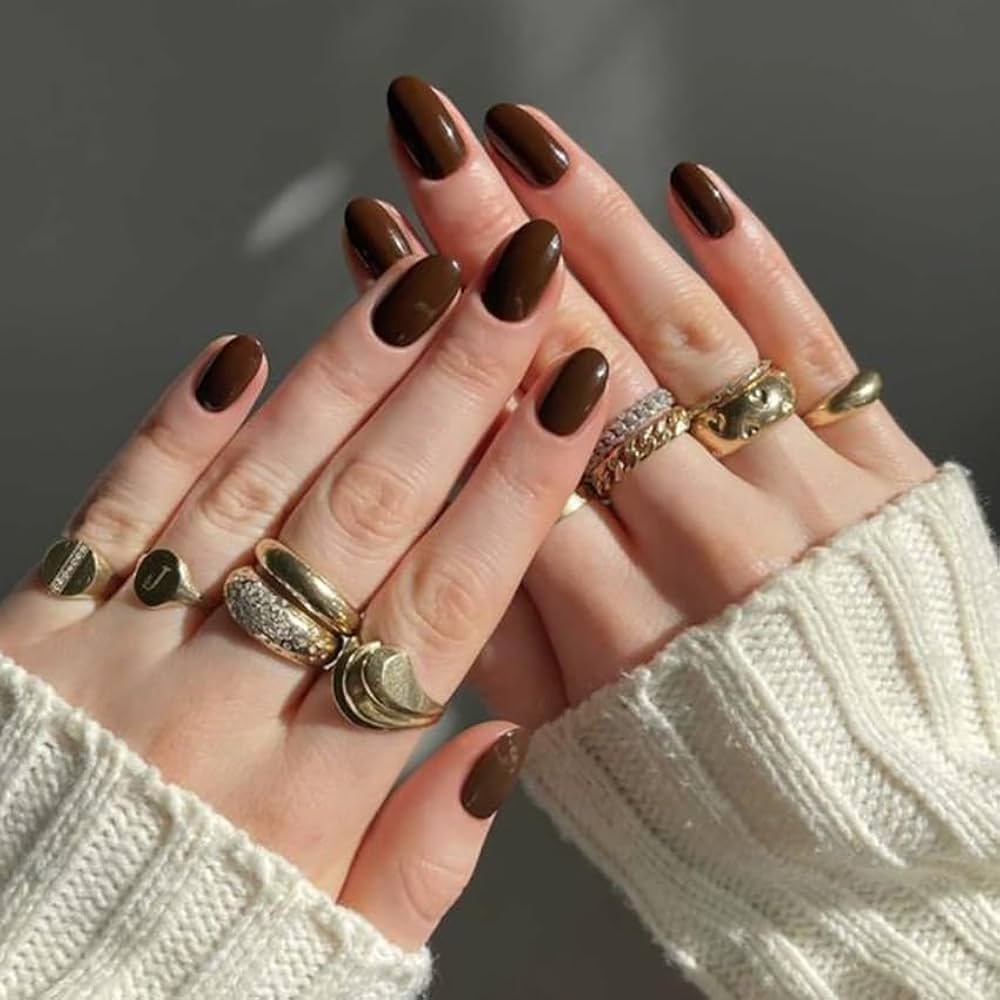
You could say that chocolate brown is a deeper take on nude, and you’d be right, but this rich, sleek color truly deserves its own spot on this list. It’s a warm, flattering shade that complements every clothing color and suits all skin tones, making it ideal for the cooler months of autumn and winter. Chocolate brown pairs beautifully with pale pink or warm orange outfits and looks stunning with gold jewelry, adding a touch of sophistication to any look.
BORDEAUX NAILS / BURGUNDY NAILS
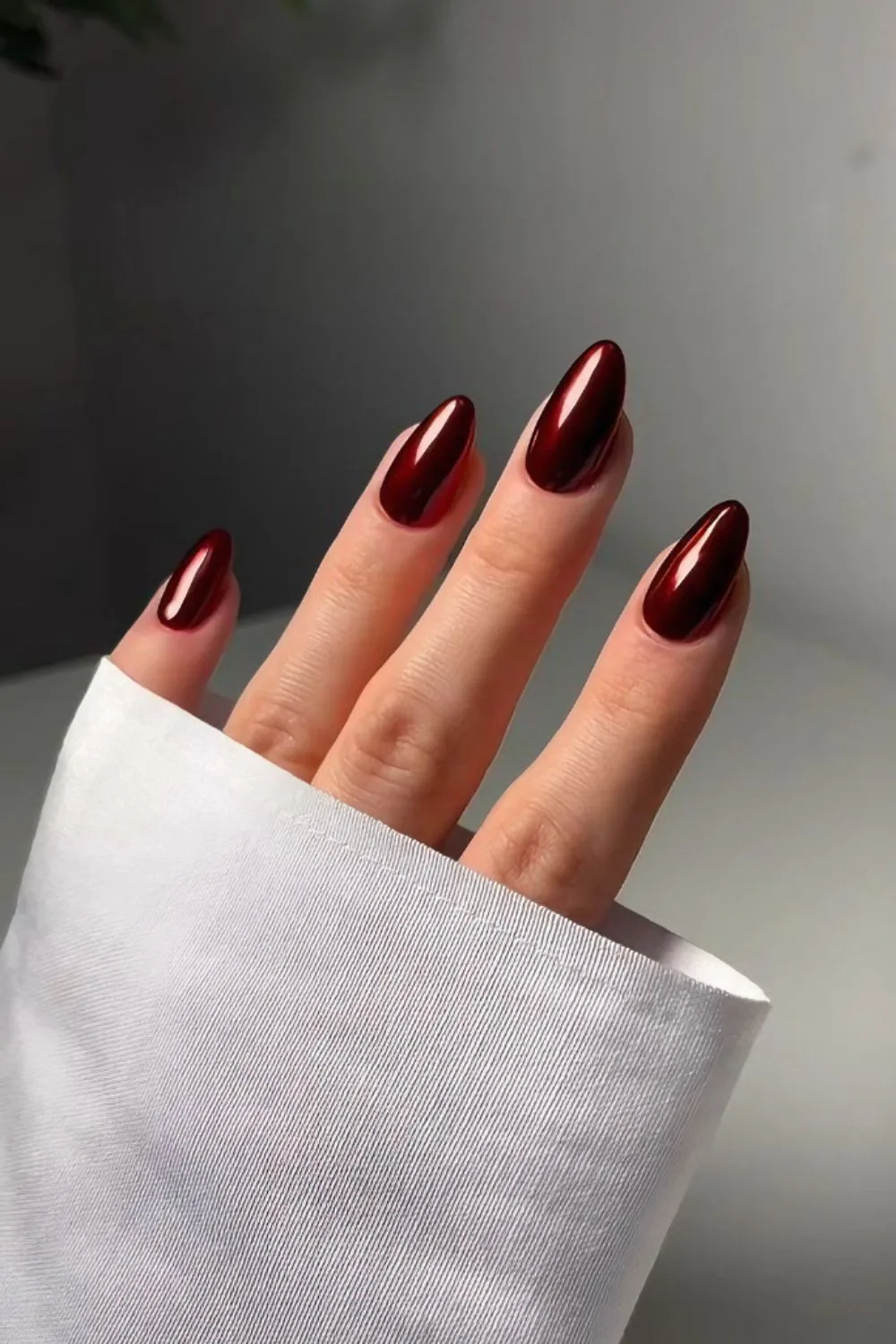
Closely related to the classic red nail, both bordeaux and burgundy are elegant alternatives. Bordeaux, a deep red inspired by Bordeaux wine, and burgundy, a rich reddish-purple, offer a sophisticated twist on the traditional red. These shades are perfect for the cooler autumn months and, like red, have a timeless appeal. Both bordeaux and burgundy seamlessly complement any outfit, making them a versatile and stylish choice for any occasion.
CLASSIC RED NAILS
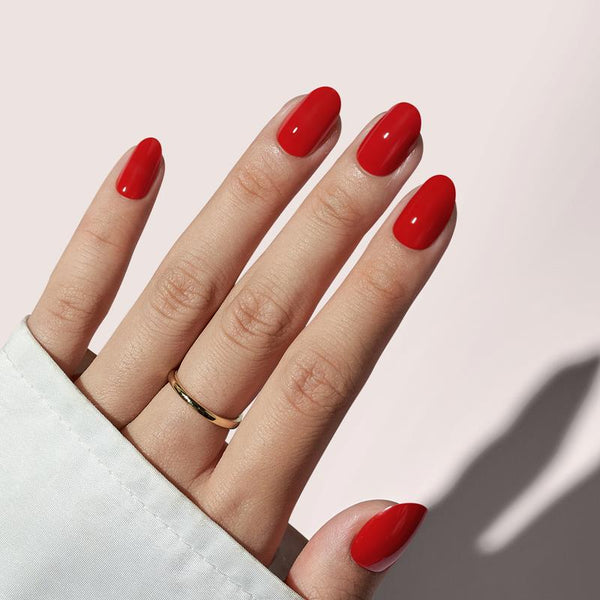
How could a list of nail colors that match everything be complete without the most iconic shade of all—classic red? This timeless color radiates femininity, confidence, and effortless elegance. It’s the epitome of sophistication, and no matter what you’re wearing, you can always rely on red nail polish to be the perfect match.
LILAC NAILS
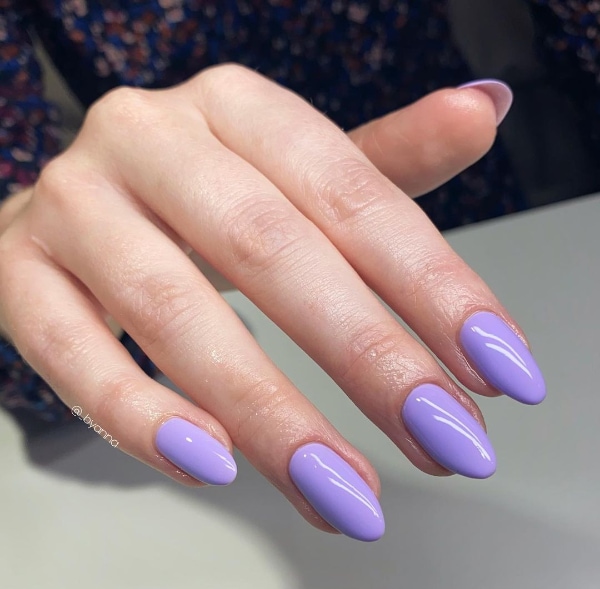
Lilac is often an underrated shade on nail polish lists, but when applied simply and without too much nail art, it can be absolutely stunning, especially during the spring and summer months. The key is to choose a subtle lilac, almost like a lilac version of blush pink, which complements a wide range of outfits—from blues and greys to pinks and yellows. Give it a try—you might be pleasantly surprised by how versatile and beautiful it looks!
BLUSH NAILS
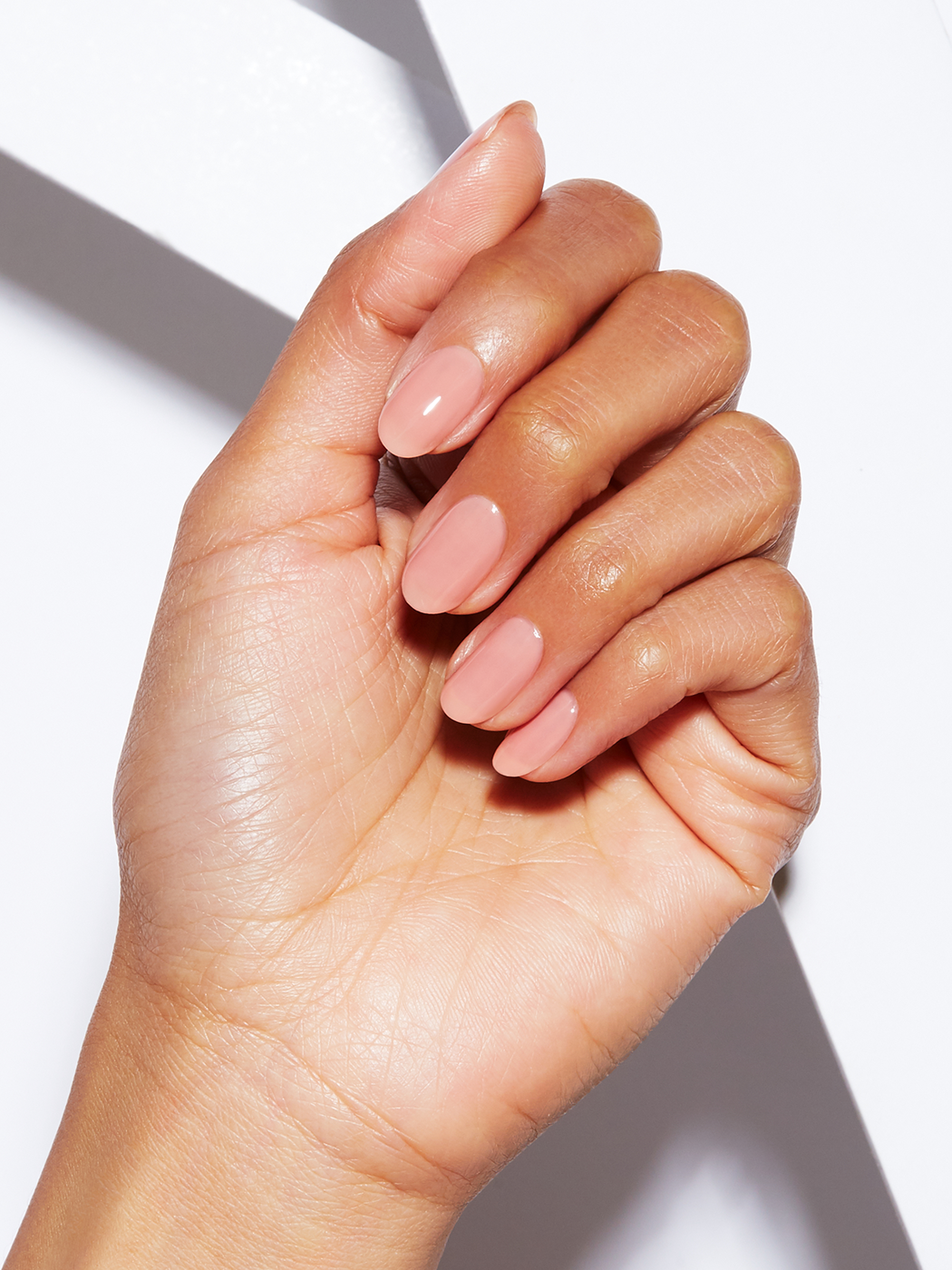
A natural progression from beige, blush pink is the ideal choice for those with fairer skin who may not feel as comfortable in beige. Blush pink nail polish is a soft, delicate shade of light pink—subtle and understated—that seamlessly complements virtually any outfit in your wardrobe. Its gentle hue makes it a versatile and timeless option for any occasion.
BEIGE OR NUDE NAILS
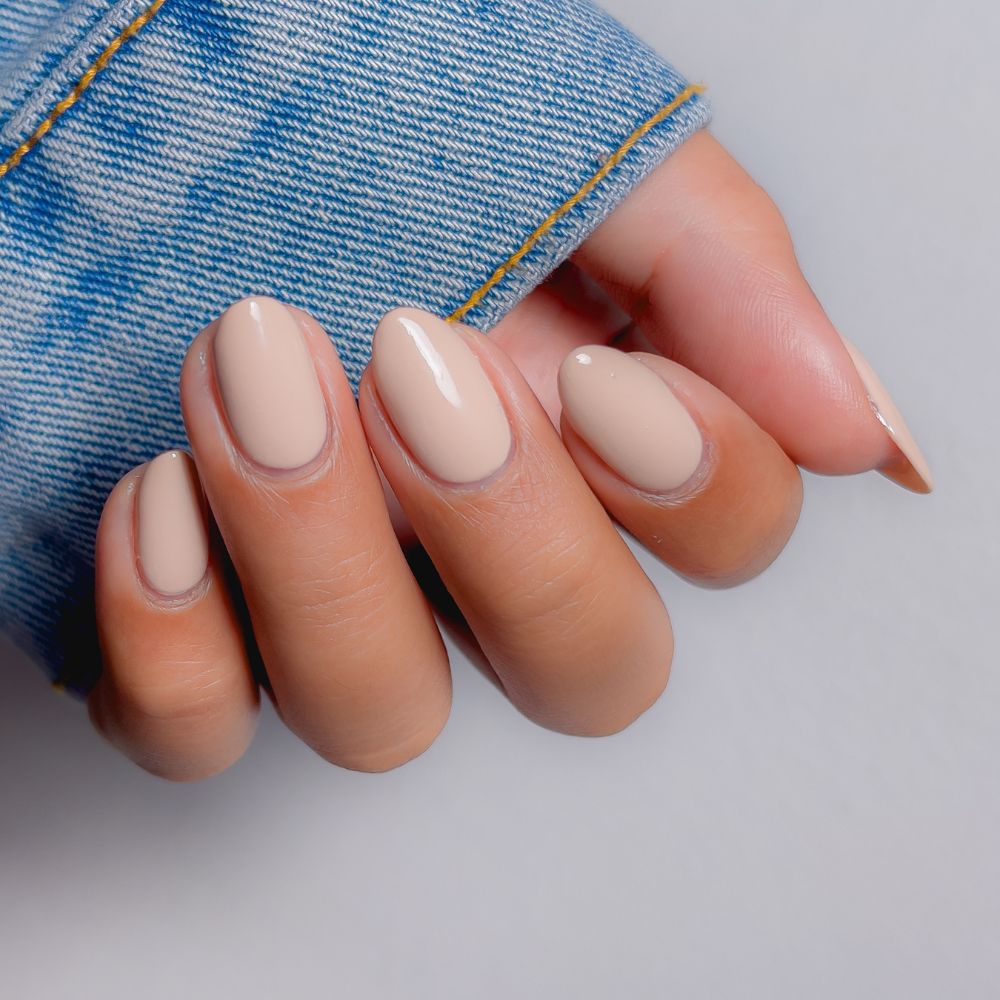
Much like grey, nude or beige tones are incredibly versatile and perfect for any occasion, year-round. These neutral shades are universally flattering and easy to pair with almost any outfit, making them a go-to choice for many.
The ideal beige or nude shade for you depends on your skin tone (though this is more of a suggestion than a strict rule). Medium and darker complexions tend to suit a wide range of nude shades, while lighter skin tones might prefer opting for lighter hues for a more complementary look.
LIGHT GREY NAILS
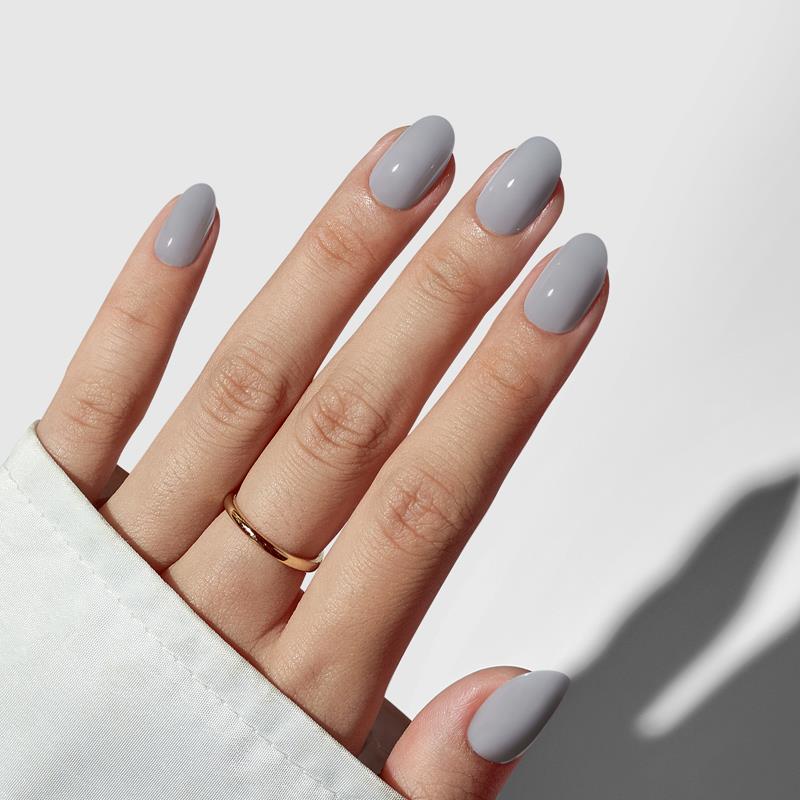
Light grey is a popular shade that effortlessly blends trendiness with timeless elegance. Grey works year-round, with lighter shades ideal for the warmer spring and summer months, while darker greys are perfect for the chillier autumn and winter seasons. This versatile color complements both silver and gold jewelry, making it a go-to choice for any occasion. Whether dressed up or down, grey nails offer a sophisticated, understated look that pairs with virtually everything.
WHITE TIP NAILS / FRENCH MANICURE
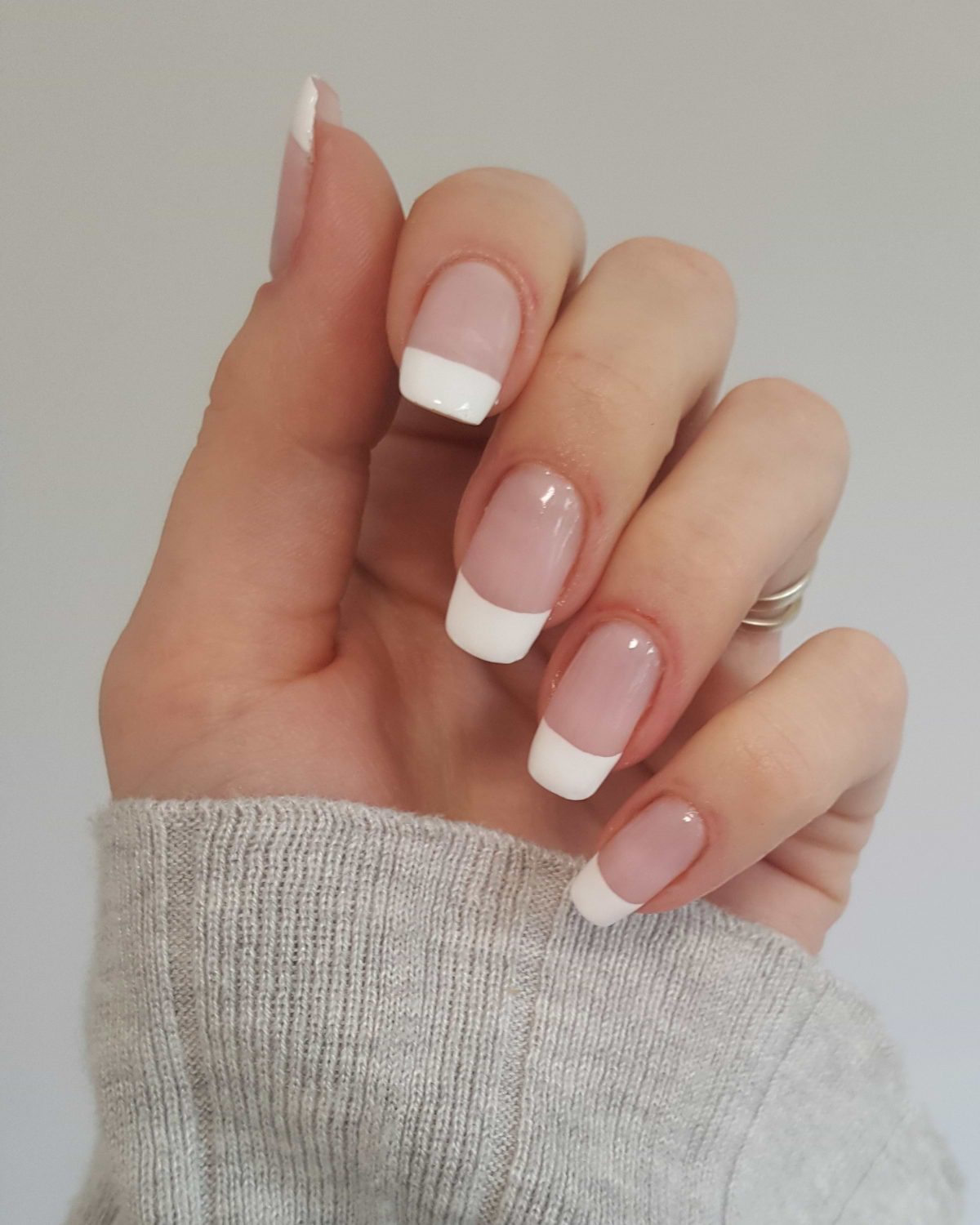
Starting off with the cleanest option on the list, the classic French manicure, with its signature white tips. Whether on fingers or toes, a well-executed French manicure is perfect for any outfit or occasion and suits all skin tones. A bit more traditional than a full white nail, the French manicure is a timeless classic that remains ever-relevant. It’s incredibly versatile, and when done well, it ensures your nails look polished and manicured, lasting until your next touch-up.

